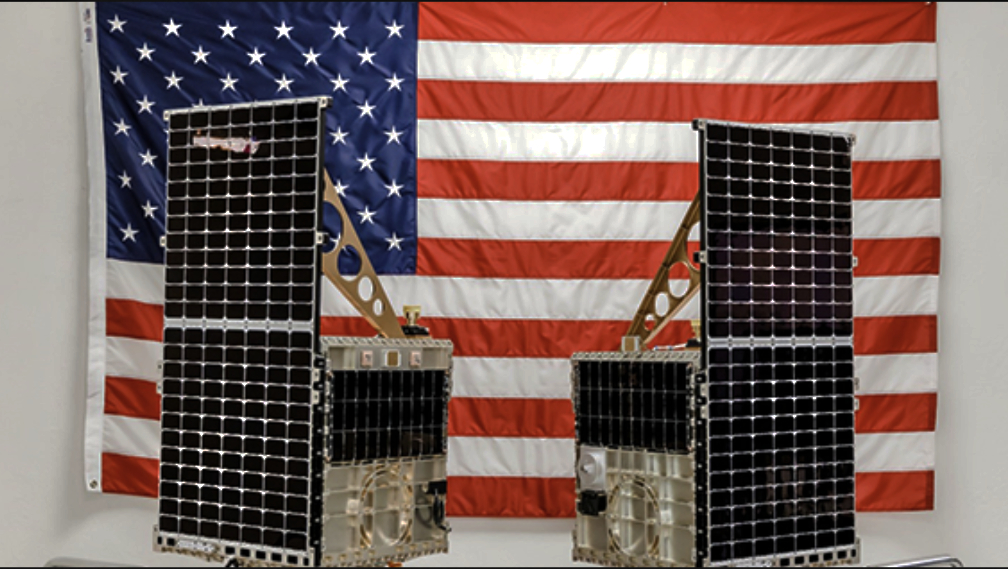
CACI International Inc. (NYSE: CACI) has successfully demonstrated space-to-space optical communications links in LEO in partnership with the Defense Advanced Research Projects Agency (DARPA) and the Space Development Agency (SDA) as part of the Mandrake II program.

Mandrake II is a joint risk-reduction program with DARPA, SDA and the Air Force Research Laboratory’s Space Vehicles Directorate (AFRL/RV) to evaluate the pointing, acquisition and tracking algorithms that allow for optical communication terminals to establish and maintain high-speed communication links in the upcoming Blackjack and SDA Transport and Tracking Layer constellations. This successful test, completed using CACI’s CrossBeam, free-space, optical terminals, is the first step in establishing more secure, space-based communications networks for defense agencies using more powerful, efficient technology that can transmit more data, faster.
The Optical InterSatellite Links (OISLs) were established using CrossBeam free-space optical terminals currently on-orbit, developed by SA Photonics, with satellites that are specifically aimed at demonstrating and supporting a communication capability for the Department of Defense’s proliferated LEO (p-LEO) National Defense Space Architecture (NDSA).
In December of 2021, CACI acquired California-based SA Photonics to address a broader market spanning high-end manned flight programs to the proliferated LEO market. The combined companies offer the most advanced photonics engineering and manufacturing capabilities in the U.S. with three major manufacturing facilities in California, Florida and New Jersey.

The CrossBeam OISLs on Mandrake II successfully established an optical link during a 40+ minute test on April 14th. The link demonstrated closed loop tracking and data transfer over a 100+ km link distance, with more than 200 gigabits (Gb) of data transmitted and received. The CrossBeam technology provides satellite crosslinks and bi-directional satellite-to-Earth links via low complexity systems, minimizing size, weight, power, and cost.
John Mengucci, CACI President and Chief Executive Officer, said, “Our national security depends on advanced, secure technology that enables modernized networks and enhanced intelligence systems for our warfighters using small satellites to operate at the speed of relevance. Through the acquisition of SA Photonics, our joint technology and manufacturing capabilities have enabled this successful milestone. In partnership with our mission customers, we are on the path to supporting the contested space domain with faster, more secure satellites.
“Working with our partners on this industry milestone, we are proud to support the customer mission with this proliferated LEO class of low SWaP-C optical communication terminal,” said CACI SA Photonics Chief Operating Officer, Mustafa Veziroglu. “Building on the success of the Mandrake II program, the highly-manufacturable second-generation CrossBeam optical terminal is now ready to move into volume production in our expanded Los Gatos, California campus and new manufacturing facility in Orlando.”
CACI’s has decades of experience in photonics design services, product development, and delivery of Free-Space Optical Communication and LiDAR sensing solutions. With the acquisition of SA Photonics, the combined portfolios offer resilient communications terminals for LEO and GEO orbits, improving the performance of satellites carrying out intelligence, surveillance, reconnaissance, and telecommunications missions, and providing high data rate links at low SWaP. CACI’s approximately 22,000 talented employees are vigilant in providing the unique expertise and distinctive technology that address our customers’ greatest enterprise and mission challenges. Our culture of good character, innovation, and excellence drives our success and earns us recognition as a Fortune World’s Most Admired Company.
